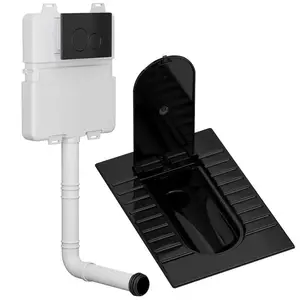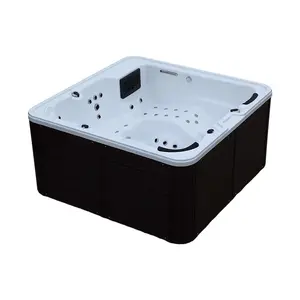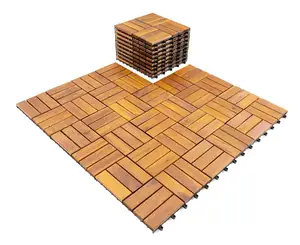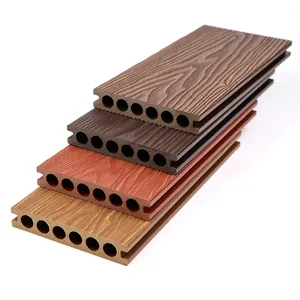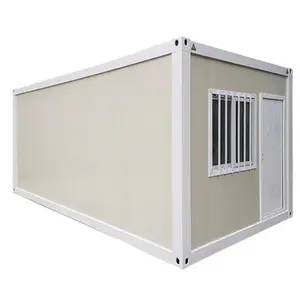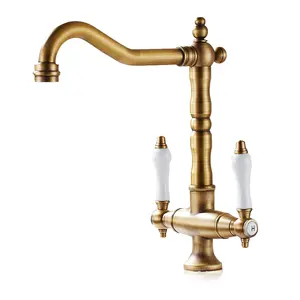Popular in your industry













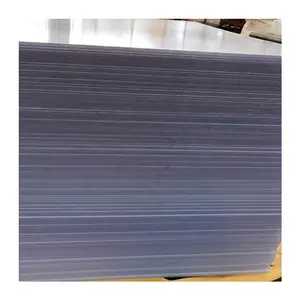




































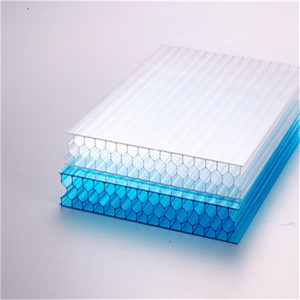








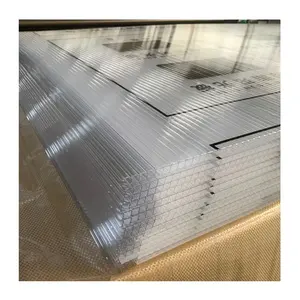







Related Searches:






















































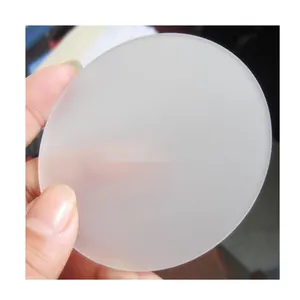































































































Top categories
About polycarbonate texture
Introduction
Polycarbonate, a versatile and robust material, has been a game-changer in various industries, particularly in construction and design. Its unique properties, such as transparency, toughness, and thermal stability, make it an ideal choice for a multitude of applications. This article delves into the world of polycarbonate textures, exploring their aesthetic potential, versatility, and the innovative methods used to create them. We will also look at how these textures are transforming modern architecture, the future trends in polycarbonate textures, and the potential impact on design and architecture.
Understanding Polycarbonate
Polycarbonate (PC) is a versatile material known for its unique properties. The manufacturing process of PC involves certain additives and thermoplastic blends to optimize its properties. It can be processed through various methods such as injection molding, extrusion, and 3D printing. PC is safe for use and recyclable, with developments in bio-based polycarbonate paving the way for sustainable alternatives.
Properties of Polycarbonate
Polycarbonate (PC) is a widely used engineering thermoplastic due to its transparency, excellent toughness, thermal stability, and good dimensional stability. It's typically formed through the reaction of bis-phenol A with carbonyl chloride. Polycarbonate is strong, stiff, hard, and tough, maintaining rigidity up to 140°C and toughness down to -20°C. It's thermally resistant up to 135°C and rated as slow burning. However, it has limited chemical and scratch resistance and tends to yellow upon long-term exposure to UV light. These constraints can be overcome with the right additives or processing methods.
The Versatility of Polycarbonate Textures
Textured polycarbonate sheets are versatile and unique, offering a range of aesthetic effects from matte to glossy, prismatic to embossed. They are used in various applications where light diffusion, durability, privacy, and aesthetics are desired. Their light transmission, thermal insulation, and structural design properties make them ideal for cladding and paneling. They also offer soundproofing and fire resistance, adding to their versatility. Furthermore, their ability to withstand scratches, abrasions, and high impact makes them suitable for signage, fences, dividers, and barriers.
Methods of Texturing Polycarbonate
Polycarbonate (PC) sheets can be textured to enhance their hydrophobic properties, making them self-cleaning and dust-repelling. This is achieved through a process called solvent-induced crystallization, using acetone. The acetone can be applied in both liquid and vapor states to create a hierarchically structured surface. The liquid acetone-induced crystallization results in a hydrophobic surface with an average contact angle of 135°. On the other hand, the acetone vapor induced-crystallization creates a slightly hydrophilic surface with an average contact angle of 89°. These methods of texturing polycarbonate can significantly improve its functionality.
Types of Polycarbonate Textures
Alibaba offers a variety of textured polycarbonate sheets, each with unique properties and applications. The diamond-type textured sheets are durable and come in various colors and thicknesses. The prism solid textured sheets have embossed surfaces and are available in a range of colors, perfect for skylights and sidelights. High-impact textured sheets are versatile and formable, ideal for outdoor applications. Textured sheets for roof accessories feature anti-scratch and anti-static properties. HDPE textured sheets are suitable for DIY projects, while flexible textured sheets with a UV-coated layer are perfect for skylights and roofing.
Unlocking the Aesthetic Potential
Textured polycarbonate sheets unlock aesthetic potential in building construction. Their versatility allows for various effects like matte, glossy, prismatic, embossed, or patterned finishes. These sheets are used for paneling, roofing, skylights, and cladding, enhancing the aesthetic appeal of the structure. They can be molded into any shape, cut, drilled, or color coated to achieve the desired look without compromising on aesthetics. The embossed texture adds depth and dimension to logos and graphics, creating a unique visual appeal.
Influence of Texture on Aesthetics
Textured polycarbonate sheets offer a variety of aesthetic benefits. The texture can range from fine to coarse, creating effects like matte, glossy, prismatic, embossed, or patterned. These sheets are used where light diffusion, durability, privacy, and aesthetics are desired. They are suitable for a wide range of lighting applications, creating a pleasant and bright atmosphere. The embossed texture adds depth and dimension to logos and graphics, offering an attractive and unique visual appeal.
Case Studies: Innovative Uses of Textured Polycarbonate
Polycarbonate sheets are revolutionizing modern architecture with their versatility and unique properties. They are used in building exteriors, offering boundless design possibilities with light-infused designs. Polycarbonate sheets are also used in creating skylights and roofing, harnessing natural light and creating energy-efficient environments. They serve as a modern alternative to brick or stone walls, providing privacy while allowing ample natural light. In greenhouses, they offer longevity and resistance to harsh environments. They also bring an artistic touch to outdoor spaces through canopies and shelters, and are ideal for creating art installations and sculptures in public spaces.
Future Trends in Polycarbonate Textures
Polycarbonate continues to evolve, with research focusing on enhancing its properties. This includes the development of polycarbonates with enhanced flame retardancy, biocompatibility, and scratch resistance. Scientists are also exploring ways to improve its optical clarity. As technology advances, polycarbonate is likely to remain a key player in the construction industry. Its evolution has made it a reliable and versatile material that can meet the needs of architects and builders across a range of projects. The demand for sustainable and energy-efficient building materials is driving further innovation in polycarbonate technology.
Emerging Techniques in Texture Creation
Emerging techniques in texture creation are transforming the way we use polycarbonate. Two distinct processes are available for texturing, depending on the type of finish, its surface depth, and the mold material. For light texturing, a corrosive chemical is applied in a controlled manner, etching the mold cavity until the desired depth and appearance are reached. For more aggressive or geometric textures, a five-axis laser is typically used to ablate the mold material, essentially burning it away. These innovative techniques are opening up new possibilities in design and architecture, allowing for the creation of unique and aesthetically pleasing polycarbonate textures.
Potential Impact on Design and Architecture
Polycarbonate's unique properties make it a popular choice in various industries, including electronics, construction, and aviation. Its thermal capacity, electrical insulating properties, and robustness make it versatile. In construction, polycarbonate is a lightweight, durable replacement for glazing, often used in roof lights, wall and roof panelling, and acoustic barriers. Its transparency can be adjusted to allow light into spaces without providing windows or transparent visual access. This flexibility in design and architecture makes polycarbonate a material of choice for low budget industrial projects, agricultural structures, and domestic outbuildings like greenhouses and garden sheds.
Conclusion
Polycarbonate textures have revolutionized the construction and design industry, offering a blend of functionality and aesthetics. Their versatility, durability, and the ability to manipulate their properties have opened up a world of possibilities, from building exteriors to art installations. As technology advances, we can expect to see more innovative uses and enhancements in polycarbonate textures. The demand for sustainable and energy-efficient materials is driving further innovation in this field. The future of polycarbonate textures is promising, with the potential to transform design and architecture in ways we can only begin to imagine.
